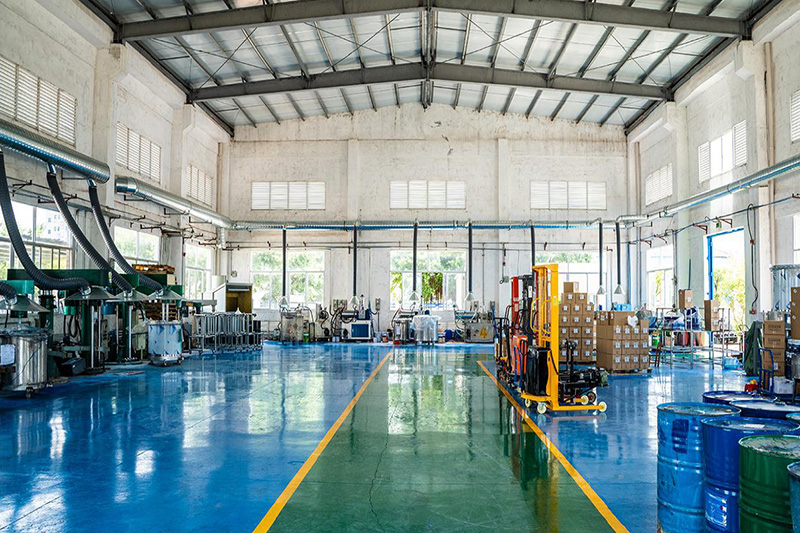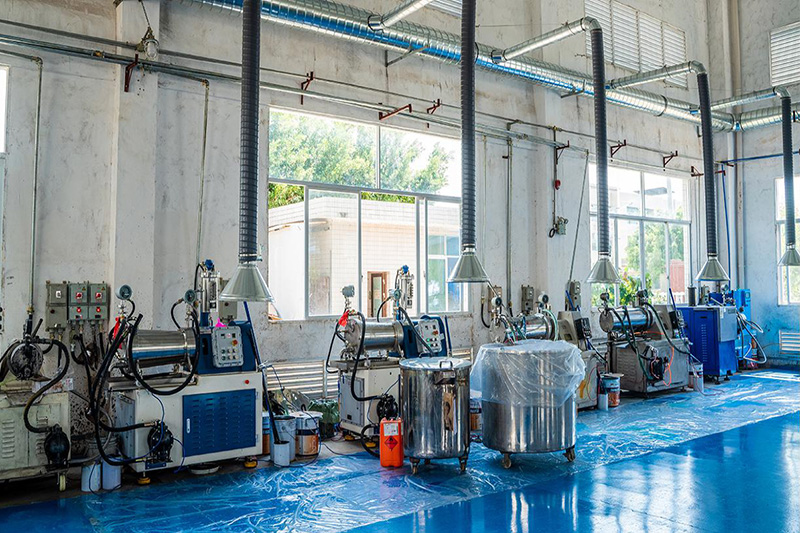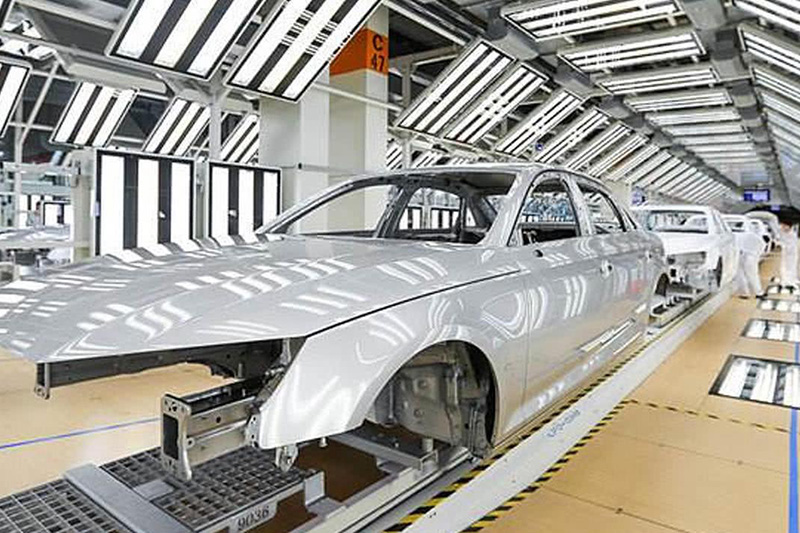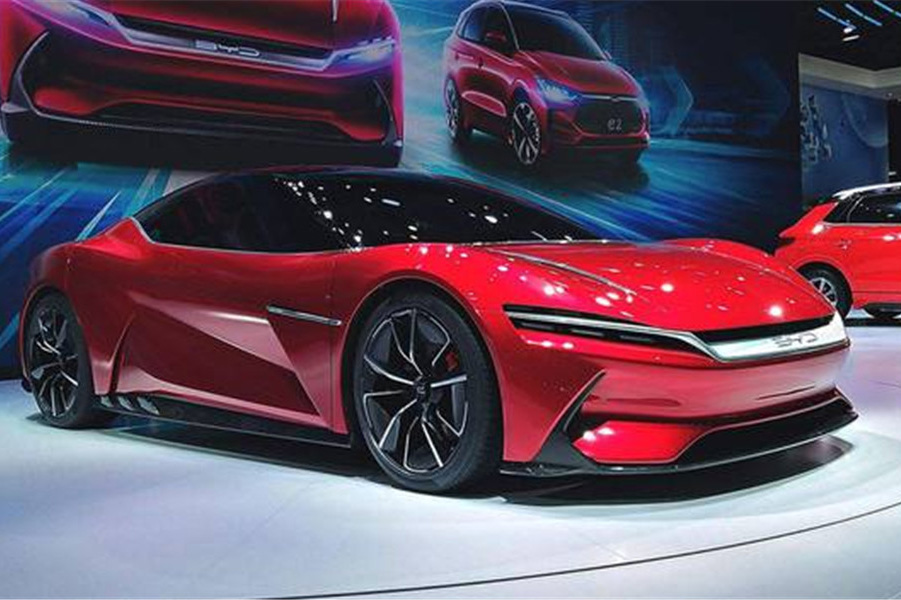NEWS
The automotive coating industry is upgrading to environmental protection, economy and high performance
马来宾环保油墨整理发布,转载请注明出处 发布时间:2021-08-25From the perspective of the industrial chain, the upstream of automotive coatings are chemical raw materials, and their prices are directly or indirectly related to crude oil prices, and are also affected by changes in market supply and demand; the middle reaches are various automotive coating products; the downstream is the actual application market, except for cars In addition to various types of automobiles such as, jeeps, buses, and large trucks, it also includes agricultural machinery products such as tractors, combine harvesters and motorcycle coatings.

The automobile painting process has experienced a century of development. Its operation method has evolved from the initial workshop-style simple painting to the modern industrial painting produced by a large amount of flow; its operation content has also changed from just applying a layer of paint on the surface of the workpiece that needs to be protected. To the surface of the work piece, first brush the anti-rust paint and then spray the top paint to develop to the current "paint pretreatment-electrophoresis-middle coating-top paint" and so on. The current automotive coating body coating includes at least four layers: an electrophoretic primer layer, a middle coating layer, a colored paint layer and a varnish layer. Each layer contains complex process steps, and the coating must be degreasing, derusting, phosphating and other paint pretreatments before coating. After the coating is finished, the coating quality must be tested and judged.
Since 2010, my country's paint output has maintained a fluctuating growth. The main driving force for the growth of the automotive coatings market is undoubtedly the growth of domestic automotive production and sales. At present, my country's automobile industry is still in the popularization period, and the market space is still broad. The National "Mid-Long-Term Development Plan for the Automobile Industry" predicts that the auto production will reach about 35 million vehicles in 2025. The automotive industry has entered a growth stage of brand-up and high-quality development, and the requirements for all aspects of automotive coatings will also increase.

Environmental coatings have gradually become mainstream:
The problem of environmental pollution is becoming more and more serious, and the country's environmental protection policy is also tightening step by step. For automobiles, in addition to air pollution caused by automobile exhaust emissions, the issue of VOCs emissions from automobile coating production lines cannot be ignored. In December 2017, in accordance with the requirements of the Action Plan, the China Automotive Technology and Research Center formulated the "Roadmap for the Reduction of Volatile Organic Compounds in the Automotive Industry", and proposed the targets, technical routes and demonstration cases for the reduction of VOCs in the automotive industry. Starting from December 31, 2018, the VOCs emissions per unit painting area of passenger cars, truck cockpits, truck compartments and passenger cars in automobile painting workshops should be controlled within 35, 75, 90, and 180 g/m2 respectively.
Solvent-based coatings are traditional automotive coatings that use organics as the main solvent; while water-based coatings are coatings that use water as the main solvent. The emission of volatile organic compounds in water-based coatings is reduced by 60% to 70% compared with solvent-based coatings. The traditional The VOC emission of solvent-based coatings is about 125g/m2. In order to meet environmental protection requirements, automotive coatings are developing in three main directions: water-based, high-solid, and powder coatings. Water-based technology is one of the most effective ways, especially the most popular metallic flash coating at present. Its VOC emissions account for 66% of the total. After this layer of paint is water-based, the vehicle VOC emissions can be reduced by more than half. If the car body is painted with water-based paint, the VOC emission can be reduced to 27g/m2, which can meet the most stringent environmental protection requirements.


 WHAT'S NEW
WHAT'S NEW EXHIBITIONS
EXHIBITIONS VIDEO
VIDEO



